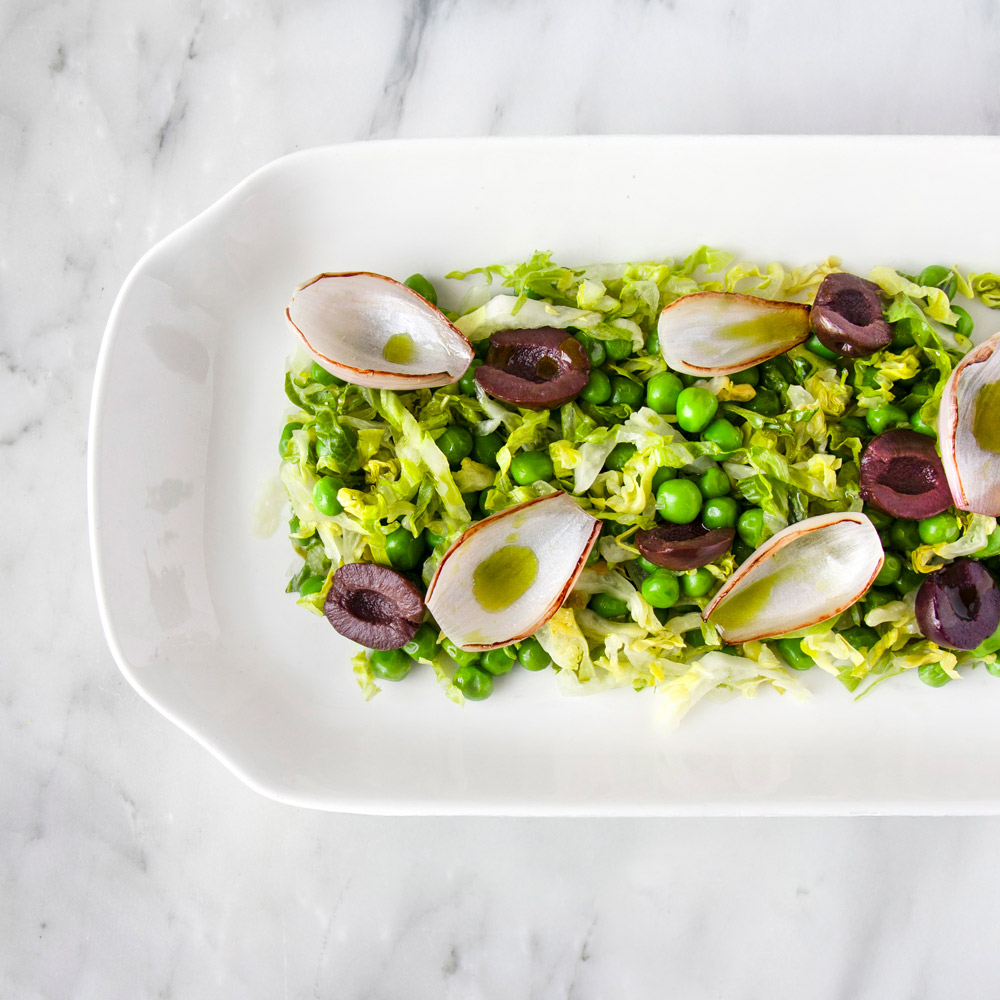If you’re thinking of pursuing a career in the culinary arts and want to ensure that you choose the best school possible to reach your professional goals, here’s how to distinguish the best culinary schools from the rest.
A Low Student-to-Chef Ratio is Key to Learning and Refining Culinary Skills
Personal attention is essential to learning any new skill, so students examining their culinary school options will want to make sure that the school they choose has a low student-to-chef ratio. This ensures that each student:
- Gets one-on-one time with the instructor
- Receives feedback as they learn
- Can continually refine and improve their skills
At Pacific Institute of Culinary Arts, each class maintains a ratio of 12 to 15 students per chef-instructor, allowing students to receive plenty of personalized instruction and feedback from professionally experienced instructors who have trained and cooked in some of world’s leading hotels and restaurants.

A low student-to-chef ratio ensures that each student receives personal attention and feedback
The Best Culinary Arts Schools Provide Career Support for Graduates
The best culinary schools equip their students with the skills and experience they need, and provide assistance and support through their career, helping them connect with new opportunities and offering advice and guidance as they establish themselves in the culinary world.
With over twenty years of experience helping aspiring chefs land their dream jobs, Pacific Institute of Culinary Arts provides students a number of supports, including:
- Lifetime job placement assistance
- Red Seal support
- Co-op placements
- CV and cover letter assistance
- And more!
With PICAchef’s new two-year program, students can even spend their first year studying culinary arts and follow up with a full-year co-op, helping them achieve an important first step in building their career. To find out more about how PICAchef prepares students for their careers in the culinary arts, request program information here.
Hands-On Experience in Professional-Grade Kitchens is Essential
A culinary education requires hands-on training. The skills needed to put together a mouth-watering meal can’t be acquired from theory or textbooks alone – although that is one important component of a chef’s education – but require experience and practice to perfect working with real ingredients in a real kitchen. This is why the best culinary arts schools place a strong focus on hands-on, experiential learning.
At Pacific Institute of Culinary Arts, each student’s education consists of hands-on training in our state-of-the-art, professional-grade kitchens. Facilities even include a dedicated chocolate studio for students to develop their confectionary skills.
Students also enjoy ample opportunities to practice their skills outside of class-time, with:
- A student-run bakery and bistro
- Volunteer opportunities working at galas and fundraisers
- Cooking competitions throughout the year
Whether competing or not, by the time they graduate, PICAchef students are experienced, comfortable, and confident working in a professional kitchen environment, with culinary skills that have been honed through hands-on practice.

The best culinary arts schools have extensive hands-on training in professional kitchens



